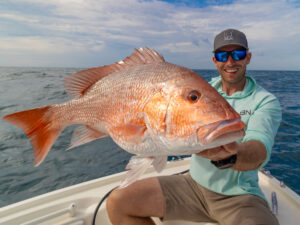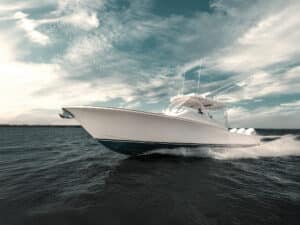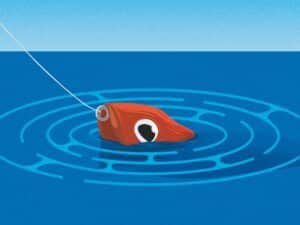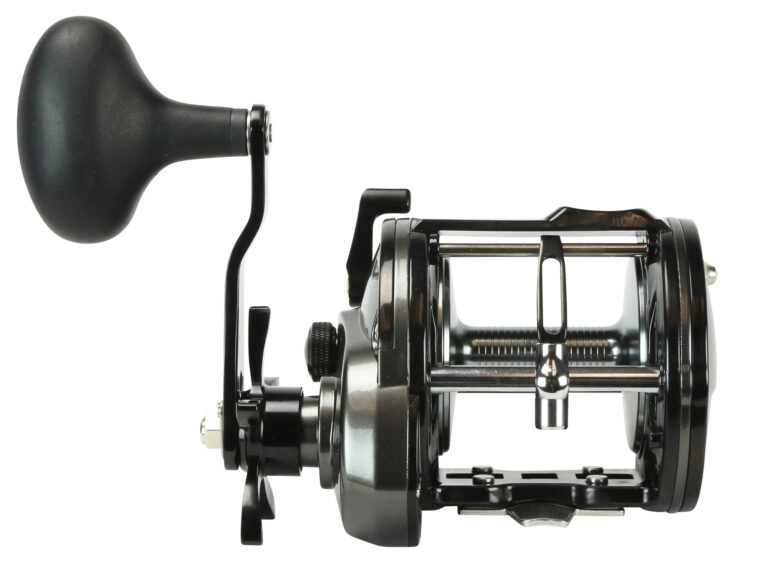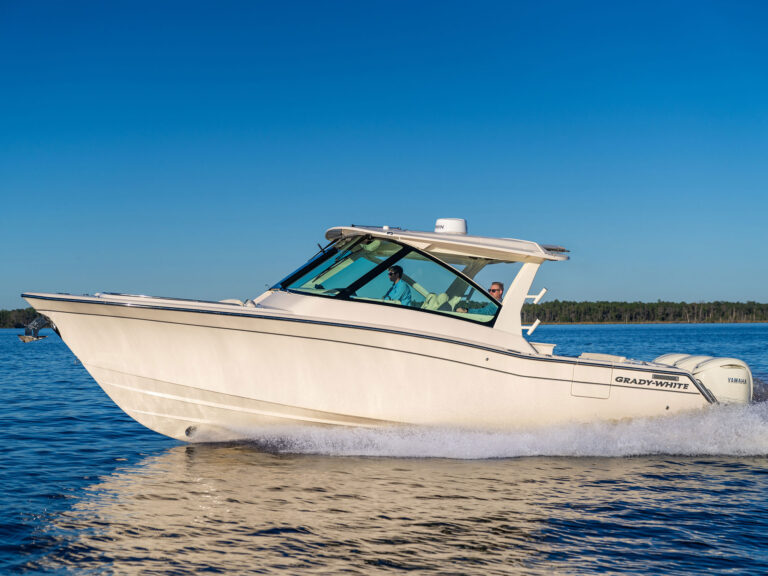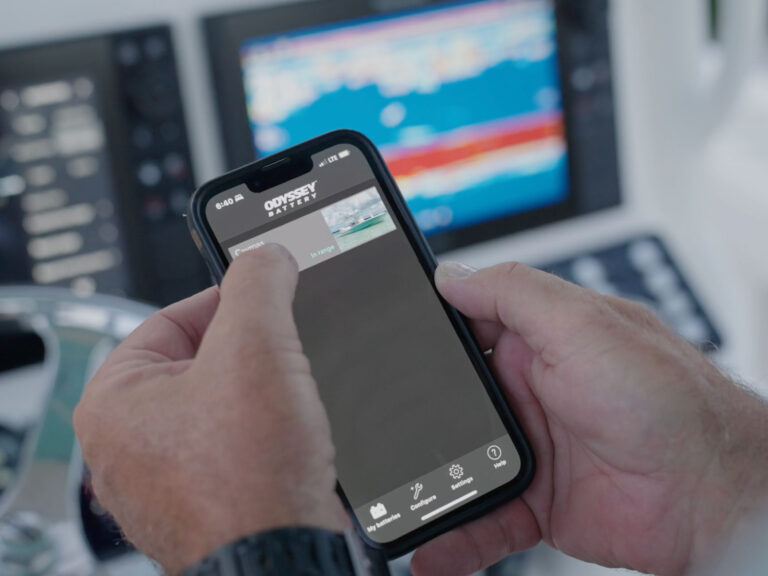
It is widely known that artificial trolling lures are great for catching marlin, but not everyone knows they also work well for wahoo, dolphin and tunas. Every skipper has a favorite lure color and style, and different areas often require different tactics. But no matter where you fish and what species you intend to target, you must learn not only what types of lures to pull, but also where to place them in the pattern in order to succeed.
Capt. Frank “Skip” Smith needs no introduction to serious offshore anglers. As captain of the famous Hooker and Madam mothership operation, between 1979 and 1990, he and his crew led owners Jerry and Deborah Dunaway to 37 IGFA world records — most of them billfish. Smith remains one of the world’s leading experts when it comes to trolling lures, and he recently shared some pointers about setting an effective spread that produces consistently, not just an occasional bite.
“The most important things to me are color, balance, hooks, leader and speed,” he says. “Given that these lures are being towed at 7.5 to 9 knots, four basic designs work best: concave heads, slanted heads, flat heads and jets.”
Many captains new to lure fishing struggle with where to put each type of lure in the spread. “Slant heads work great in calm water,” Smith explains. “Most boats in Hawaii and other calm water areas like to run these as one of their short baits. But when fishing in rough areas, these lures will jump because of the slanted head and the balance of the lure.”
Lures with concave heads also work well when pulled close to the boat. “Most concave lures are better balanced and consistently create havoc at the surface in most sea conditions,” Smith adds. “You can always run this type of lure on a short flat line and the marlin will find it.”
The veteran game boat captain says most pros put their biggest lures closest to the boat, the smaller lures on the long riggers, and they also pull large teasers close to the boat.
For the long outrigger lures, it’s hard to beat a flat head. “Mold Craft’s Softhead Wide Range is the most common, well-balanced lure you can put out there. It stays in the water and looks great no matter where you put it,” Smith says. “There are many other lures on the market with that long flat head, and they are the best ones to have in rough sea conditions.”
Jet-head lures also get the nod. “Jets are one of the most underestimated lures you can use,” Smith claims. “Put a small one out at all times on your longest or center rigger. If the marlin do not find it, you will catch wahoo or a tuna for dinner. The smaller jets will find that white marlin or a sailfish, too.”
There’s one lure type that Smith doesn’t care for much: the swimmer. “Most pros do not use this lure because it moves a lot, and the hookup ratio is not very good,” Smith explains.
Offshore fishermen love to debate lure color, and Smith is no exception. “I like to start with four different colors and give the fish their choice,” he says. “Once I get a bite on one, I may double up on that color, but some pros like to use all the same color so they imitate a school of bait fish behind their boat.”
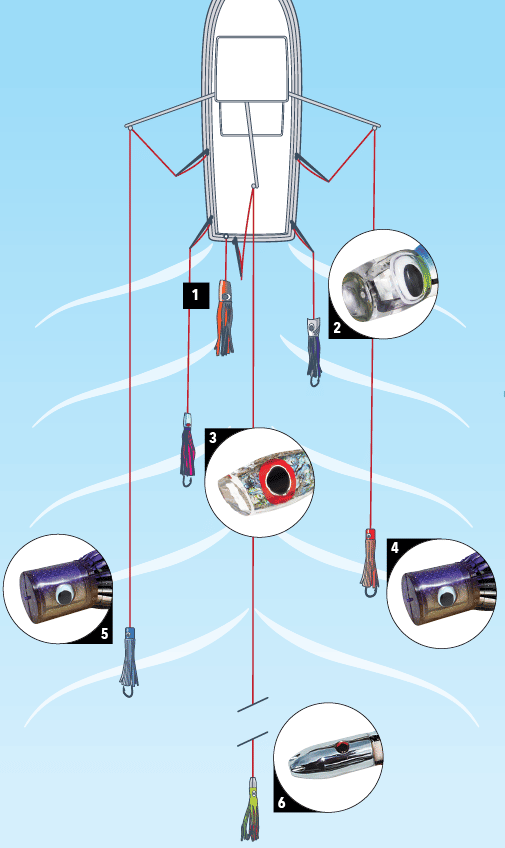
- Big Tease: Oversize teasers work best in rough water, close to the transom, where they’re most attractive.
- Splashy: Concave head lures create havoc at the surface in most sea conditions. They’re ideal for short flat lines.
- Slanted: A slant-head lure works well short, but it might need to be fished back a little when it’s rough.
- Versatile: Flat heads shine in a variety of conditions and are a top choice to fish off the outrigger, on the fourth wave.
- Follow up: Multipurpose flat heads are also a good option for the fifth wave and deployment off the long rigger.
- Last Shot: A jet head far back off a center rigger lures billfish fading from the spread and often hooks wahoo or tuna.

Leader size and material matter, too. With higher speeds, you can get away with really heavy leader; at slower speeds, that leader hangs in the water in front of the lure, and the fish tend to fade off because it just doesn’t look right. “Go as light as you can, and use fluorocarbon, if possible,” Smith says. “It is tougher than any other leader of the same pound-test.”
Another common debate centers on the appropriate set of hooks: one hook or two? “Most pros have gone to single hooks set way toward the back of the skirt,” says Smith. “The saying is that when using two hooks, one is for the fish and the other is to get in your hand. When you release the fish, it’s better to leave them with only one pierced lip.”
Position the lures on the faces of the waves in the boat’s wake, with the jet head pulled way down the middle. By mastering a basic spread and fine-tuning it to fit your style and your area, you are certain to raise more billfish to your lures.

